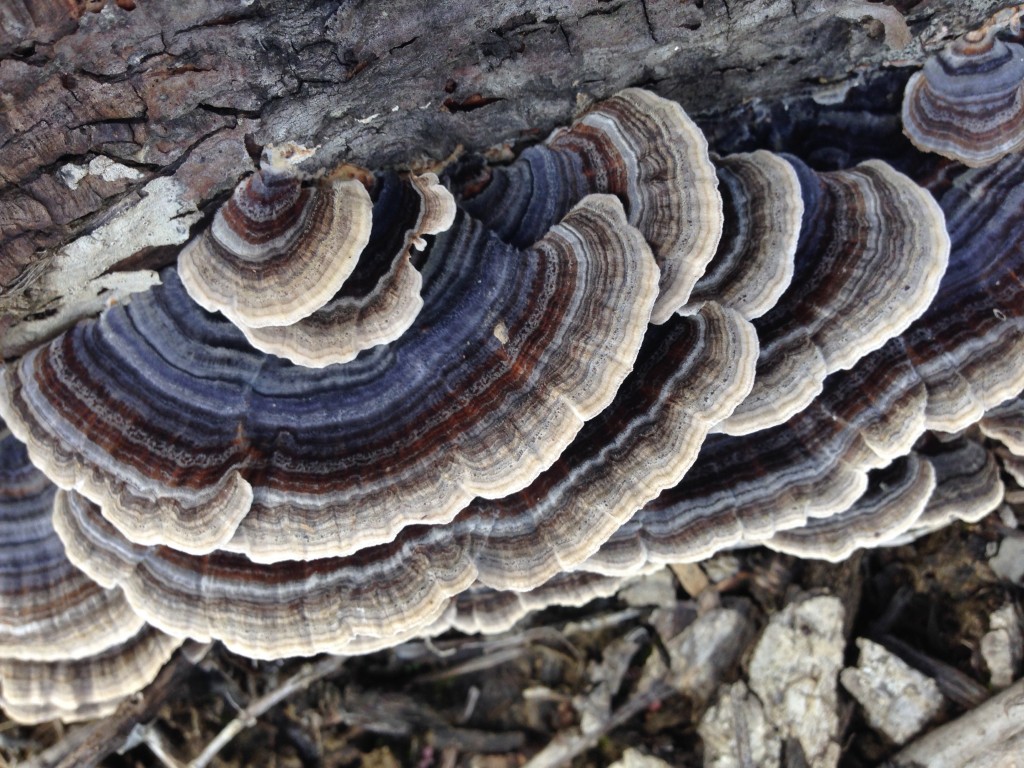
Trametes Versicolor growing on a down tree at Half Hill Farm.
Just before Thanksgiving, Vince’s mother Sandy went to the hospital with what was believed to be pneumonia. It was determined after a few restless days of testing that she had stage IV non-small cell lung cancer and was quickly put on chemotherapy.
 The diagnosis was abrupt and shocking. At 71 years of age, the prognosis is also very uncertain. Despite this, Sandy takes one day at a time with lots of family support, focused treatment and hopefully a little extra help from our own backyard.
The diagnosis was abrupt and shocking. At 71 years of age, the prognosis is also very uncertain. Despite this, Sandy takes one day at a time with lots of family support, focused treatment and hopefully a little extra help from our own backyard.
Sandy’s primary treatment is carboplatin with thoracentesis as needed to remove a build up of fluid outside her lungs caused by the cancer. After speaking with her oncologist about our research into mushrooms, Vince convinced his mom to take a twice daily dose of Turkey Tail mushrooms (Trametes or Coriolus Versicolor) starting with her first treatment.
 Turkey Tails are a common mushroom that grows throughout the woods of Tennessee and all over the world. Our interest in the science behind the anti-viral and anti-cancer properties of Turkey Tails began shortly after seeing preliminary clinical trial results and an anecdotal story in a TED lecture last year by mycologist Paul Stamets. In the last two minutes of the speech, Stamets described his 84 year old mother’s successful fight against stage IV breast cancer that included taking Turkey Tail mushrooms. She was a deeply religious person who hadn’t been to the doctor since 1968. According to Stamets, it was the second worst case of stage IV breast cancer her doctor had ever seen, and she was given three months to live. She’s now cancer free.
Turkey Tails are a common mushroom that grows throughout the woods of Tennessee and all over the world. Our interest in the science behind the anti-viral and anti-cancer properties of Turkey Tails began shortly after seeing preliminary clinical trial results and an anecdotal story in a TED lecture last year by mycologist Paul Stamets. In the last two minutes of the speech, Stamets described his 84 year old mother’s successful fight against stage IV breast cancer that included taking Turkey Tail mushrooms. She was a deeply religious person who hadn’t been to the doctor since 1968. According to Stamets, it was the second worst case of stage IV breast cancer her doctor had ever seen, and she was given three months to live. She’s now cancer free.
The early clinical trial data and Paul’s hopeful story resonated, and Vince didn’t hesitate to start his mother on Turkey Tails. At the same time, we began cultivating this amazing mushroom on our farm with a deeper sense of purpose.
We realize mushrooms aren’t a cure for cancer. Less is known about effects of Turkey Tails on stage IV cancers, but we know it will be the very best way we can help her body heal naturally with virtually no side effects or interference with her primary treatment. Below is some of the science behind how Turkey Tails (used with chemo or radiation) significantly enhance the body’s natural defense against cancer cells and extend disease free survival.
Research: New studies of Turkey Tails here in the U.S. are focused on the mushroom’s high percentage of protein bound polysaccharide (PSK) concentrations and how they help the body fight cancer cells.
- Extracted polysaccharides from Turkey Tails is used with significant success as a supplementary treatment for cancers in Japan.
- MD Anderson Cancer Center has an excellent detailed scientific review of Turkey Tail mushrooms showing treatments using PSK with chemotherapy reported “significantly longer disease-free intervals and survival for lung cancer patients.”
Given these results, why aren’t Turkey Tail mushrooms a common adjunct therapy in the United States? What we discovered is using Turkey Tails is still viewed as an alternative medicine by most professional health care providers in the U.S.. Due to its widely known medicinal properties, its use in medicine cannot be patented which limits its commercial appeal for major drug companies. That often leaves finding and researching this treatment option up to patients. That may soon change thanks to new government-funded clinical trial research from the National Institute of Health’s Center for Complementary and Alternative Medicine (NCCAM).
- The results of one of the first funded clinical trials of Turkey Tail mushrooms in women with breast cancer found 6-9 gram doses a day was associated with “faster recovery of lymphocytes and NK cell activity, as well as increased numbers of CD8+T cells and CD19+ B cells.”
- Last year, the FDA approved a $5.4 million Turkey Tail trial for cancer patients starting with approval for studying the use of a Turkey Tail extract in combination with chemotherapy for patients with advanced prostate cancer.
- Another clinical trial is studying PSK in stage IV breast cancer.
- Compound Derived From a Mushroom Lengthens Survival Time in Dogs With Cancer, Penn Vet Study Finds – University of Pennsylvania – September 10, 2012
 The best way to make and take Turkey Tail mushrooms: The most popular way to take Turkey Tail mushrooms is in a capsule, but the body has a hard time digesting the mushroom’s tough chitinous cellular structure (which is why you don’t see recipes for eating it).
The best way to make and take Turkey Tail mushrooms: The most popular way to take Turkey Tail mushrooms is in a capsule, but the body has a hard time digesting the mushroom’s tough chitinous cellular structure (which is why you don’t see recipes for eating it).
Capsules are also the cheapest and easiest way to manufacture mushroom supplements using ground mycelium grown on rice or grain. This is the preferred method of many larger manufacturers because it saves them time and money.
The best way to realize the full spectrum of benefits is by using the mature fruited mushroom, which takes months to grow, through a decoction (a lengthy hot water extraction to concentrate water soluble polysaccharides and other beneficial compounds).
Tinctures are alcohol extractions of adaptogenic triterpenoids. The better quality extract blends both the decoction and tincture in a dual extraction. This is also the preferred method of botanical extraction by ethnobotanists and scientists conducting tests and trials.
Capsules that simply grind this mushroom into powder are not extracts and can contain ground up rice used to grow the mycelium. Because we could not find a quality product we trusted with our own mother, we created a Turkey Tail mushroom dual extract using USDA certified organic mushrooms grown on our farm, USDA certified organic USP alcohol (pharmaceutical grade) and distilled water just like the standardized method outlined in studies, but with two more proprietary steps that also use vacuum. You can now buy our Turkey Tail, Red Reishi, Chaga, Cordyceps, or Lion’s Mane mushroom extracts online and expect the exact same level of quality and care.
Read more on Half Hill Farm’s mushroom dual extracts:
- ‘You saved my daughter’s life!’ – the healing power of mushrooms
- What our customers are saying about our mushroom extracts
- Nature’s Remedy: Chaga mushroom dual extract
- The Health Benefits of Lion’s Mane Mushroom Extract
- Nature’s Remedy: Organic Red Reishi Mushroom Dual Extract
- The health benefits of Cordyceps Militaris mushrooms
- Turkey Tail Mushroom Extract – 100ml (3.38oz) / 200ML (6.76oz)
- Red Reishi Mushroom Extract - 100ml (3.38oz) / 200ML (6.76oz)
- Lion’s Mane Mushroom Extract - 100ml (3.38oz) / 200ML (6.76oz)
- Chaga Mushroom Extract - 100ml (3.38oz) / 200ML (6.76oz)
- Cordyceps Mushroom Extract - 100ml (3.38oz) / 200ML (6.76oz)
- Five Mushrooms Blend - 100ml (3.38oz) / 200ML (6.76oz)
- Propolis Extract – 30ml (1oz)
- Dandelion and Root Beer Bitters – 2oz and 6oz
DISCLAIMER: Please consult your physician before using any of our products for health purposes. These statements have not been evaluated by the Food and Drug Administration. Our products are not intended to diagnose, treat, cure, or prevent any disease.

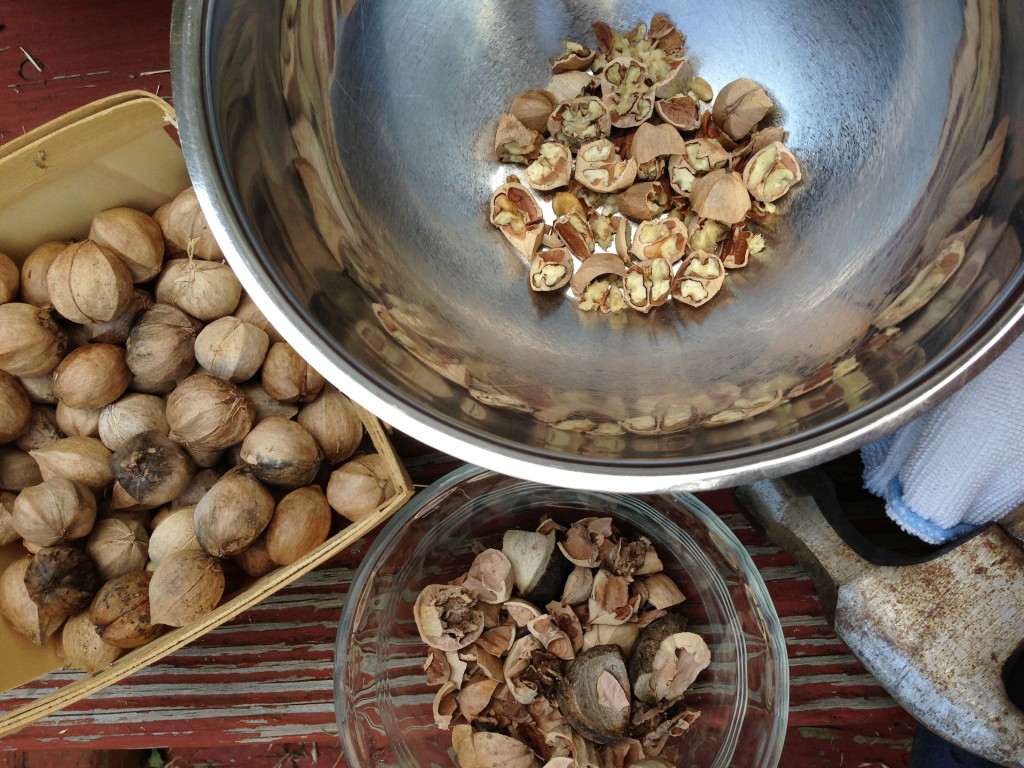
 I was curious if there were any old Native American recipes using the nuts and came across some very obscure references to Cherokee Kenuche balls, ground up Hickory nuts (shell and meat) formed into a fist-sized ball that stores well through the Winter and is used on special occasions in soups by the American Cherokee Tribe. I can imagine many food uses and plan on putting a small grape-sized ball in our coffee maker in the morning.
I was curious if there were any old Native American recipes using the nuts and came across some very obscure references to Cherokee Kenuche balls, ground up Hickory nuts (shell and meat) formed into a fist-sized ball that stores well through the Winter and is used on special occasions in soups by the American Cherokee Tribe. I can imagine many food uses and plan on putting a small grape-sized ball in our coffee maker in the morning.


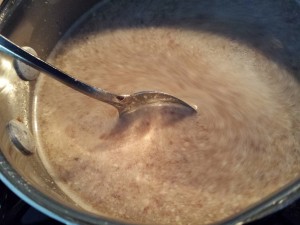


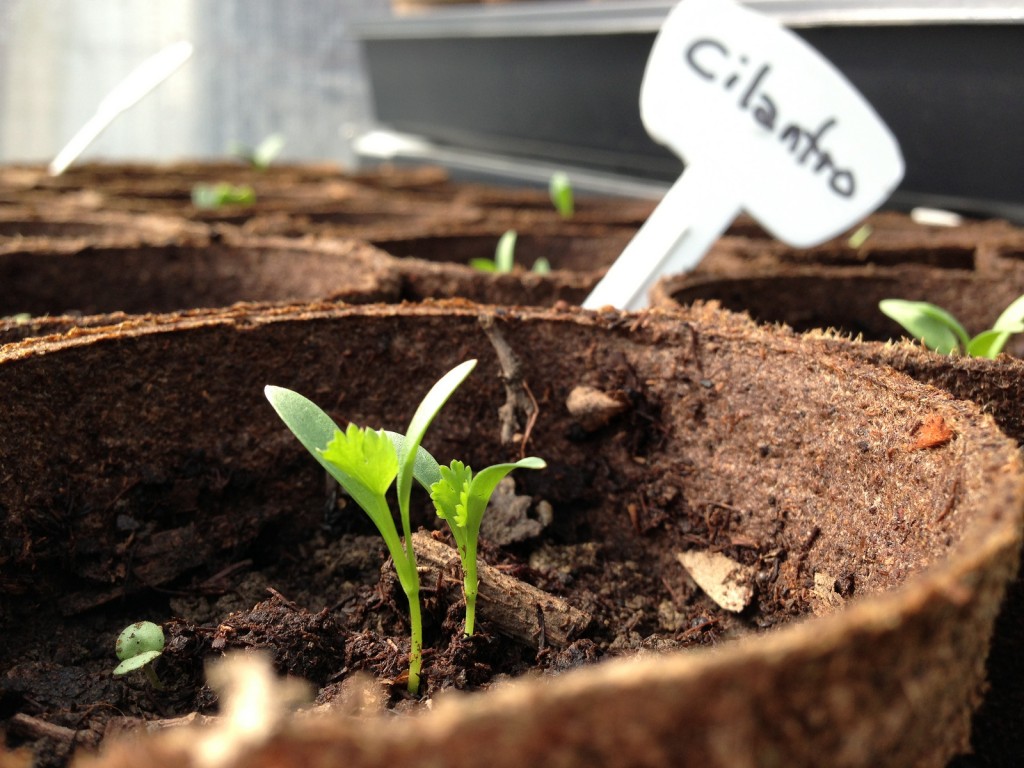

 Organic farming practices focus on sustainable food production methods that condition and improve the life of our planet’s soil while producing healthier food choices. These practices (cover crops, composting, no-till methods) decrease dependence on harmful inputs and energy use while harnessing the power of nature’s perfect design.
Organic farming practices focus on sustainable food production methods that condition and improve the life of our planet’s soil while producing healthier food choices. These practices (cover crops, composting, no-till methods) decrease dependence on harmful inputs and energy use while harnessing the power of nature’s perfect design.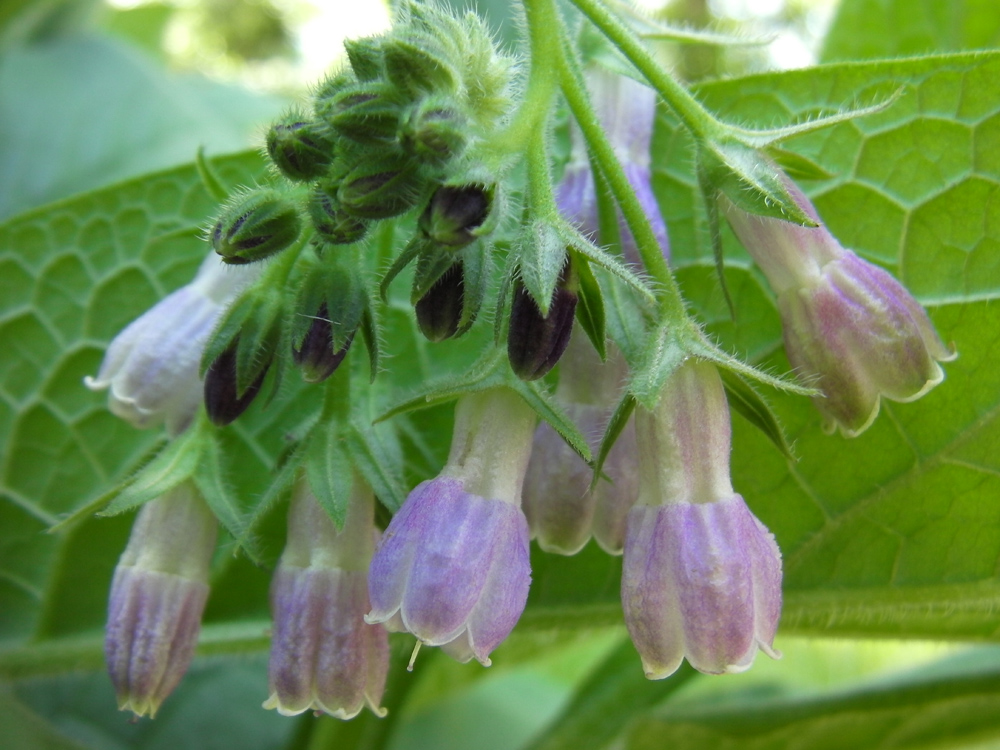
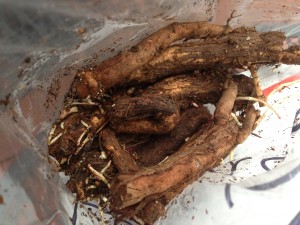 Two things I’m very excited about arrived at the farm this week. First is the
Two things I’m very excited about arrived at the farm this week. First is the 

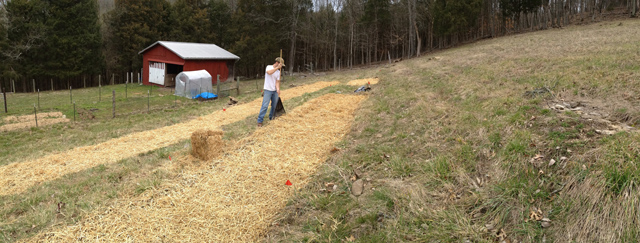
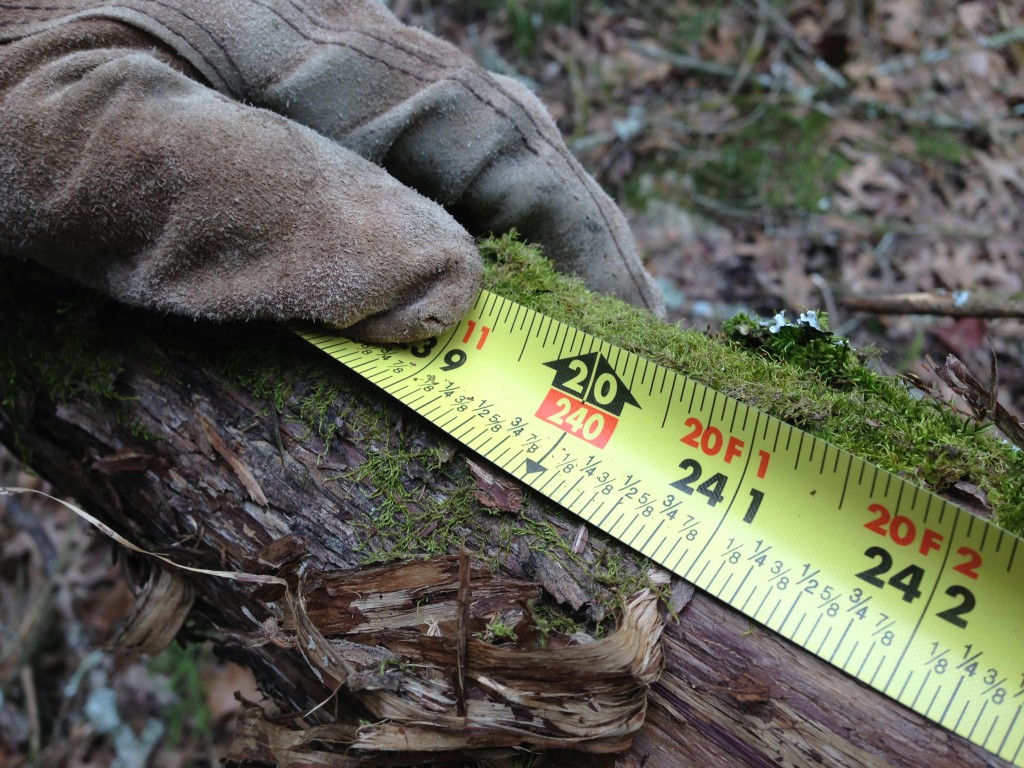 I spent part of the morning in the woods cutting three 20 feet cedar posts for our first bed of organic hops. The “bines” will grow that tall every year starting around the second or third year.
I spent part of the morning in the woods cutting three 20 feet cedar posts for our first bed of organic hops. The “bines” will grow that tall every year starting around the second or third year.